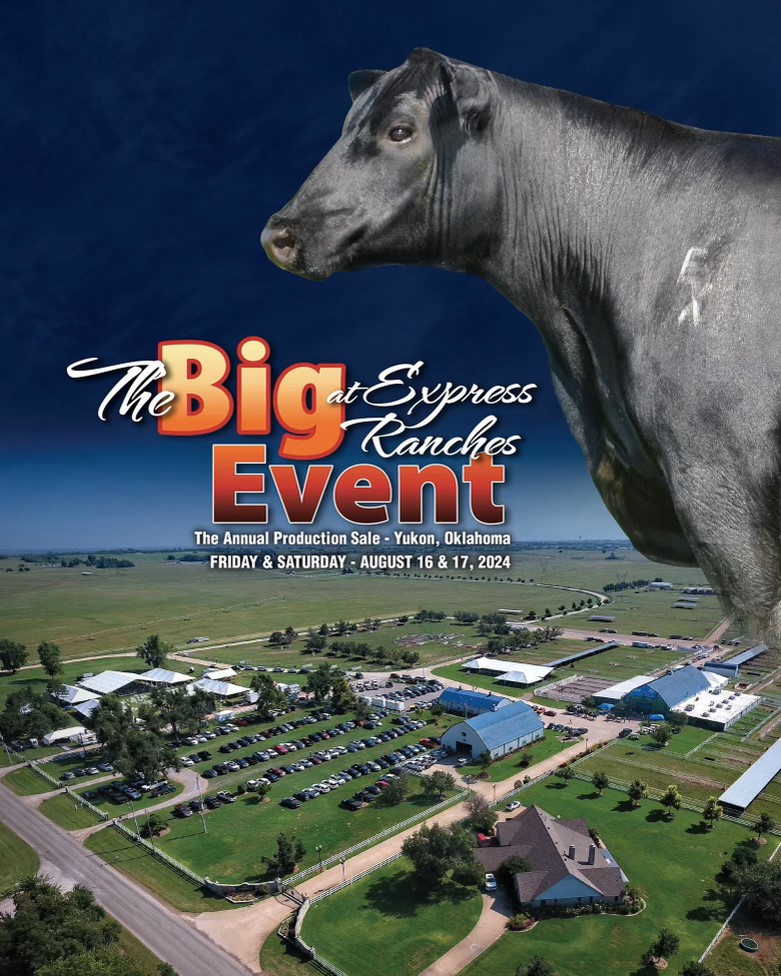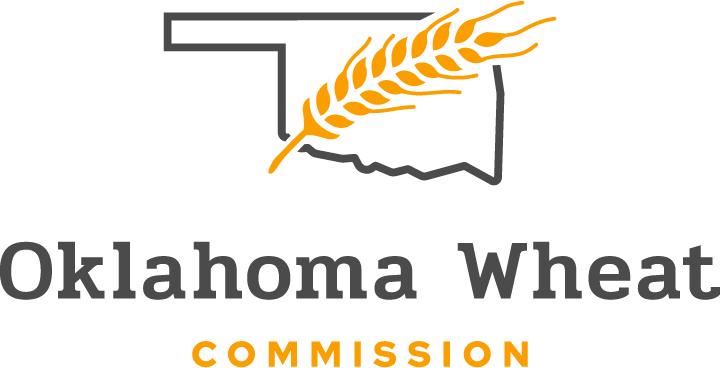
Agricultural News
Peel Finds Fewer Canadian and Mexican Cattle Imports so Far in 2015
Mon, 14 Sep 2015 11:53:09 CDT
 Derrell S. Peel, Oklahoma State University Extension Livestock Marketing Specialist, writes in the latest Cow/Calf Corner newsletter.
Derrell S. Peel, Oklahoma State University Extension Livestock Marketing Specialist, writes in the latest Cow/Calf Corner newsletter.
Total cattle imports from Canada and Mexico are down 4.0 percent for the first seven months of 2015 compared to last year. Cattle imports from Canada for the January to July period are down 21.0 percent year over year while cattle imports from Mexico are up 15.1 percent. Imports of cattle for immediate slaughter (from Canada) are down 34.4 percent compared to one year ago. Combined feeder imports from Mexico and Canada are up 10.1 percent through July compared to last year.
Cattle imports from Canada are typically a mix of slaughter and feeder cattle. Through July, imports of slaughter steers and heifers from Canada were both down over 40 percent from last year and combined for a 44.0 percent year over year decrease. Slaughter cows and bulls are down 20.5 percent from last year. Feeder steer imports from Canada are up 45.1 percent this year compared to one year ago while feeder heifer imports are down 18.9 percent from last year. Combined feeder steer and heifer imports are unchanged year over year. Lower total cattle imports from Canada reflect continued decreases in total cattle inventories in Canada, currently at the lowest level in more than 20 years.
Changes in Canadian feeder and slaughter cattle imports are resulting in a much higher percent of feeder cattle compared to slaughter cattle in the mix of cattle being imported. Slaughter steers have averaged 30 percent of total imports in recent years but only account for 15.4 percent so far in 2015. Slaughter heifers represent 9.7 percent of total cattle imports from Canada this year compared to 22 percent typically. Combined slaughter steer and heifer imports represent 25.1 percent of 2015 imports compared to an average of 52 percent. Slaughter cows and bulls typically average about 18 percent of total Canadian cattle imports but account for 24.9 percent of imports from January through July, 2015. Feeder steers account for 21.5 percent of total Canadian cattle imports this year compared to an average of 13 percent in recent years. Feeder heifers represent 28.5 percent of total cattle imports from Canada in 2015 compared to an average of 17 percent in recent years. Combined feeder steers and heifers account for 50.0 percent of 2015 cattle imports from January through July compared to an average of 30 percent in recent years.
Cattle imported from Mexico are almost entirely feeder cattle. Feeder steer imports from Mexico are up 23.9 percent year over year while heifer imports are down 22.3 percent compared the same period last year. These changing steer to heifer proportions reflect a return to a more typical mix of feeder steers and heifers from Mexico following higher heifer proportions the last three years. So far this year, steers have accounted for 87.2 percent of total Mexican cattle imports with heifers representing 12.8 percent of the total; close to the average over the past decade. The 15.1 percent year over year increase in cattle imports from Mexico so far in 2015 follow a 12.8 percent year over year increase in 2014. Imports of Mexican cattle are up despite indications that cattle numbers in Mexico remain very tight. Continued high feeder cattle prices in the U.S. combined with the accelerating decline in the value of the Mexican Peso to the U.S. dollar have no doubt stimulated additional movement of Mexican cattle to the U.S. in 2015. These levels are likely not sustainable. Anecdotal reports indicate that Mexico continues to import relatively large numbers of cattle from Central America to supplement Mexican cattle inventories but these animal flows too will decrease as cattle numbers are depleted in Central America.
WebReadyTM Powered by WireReady® NSI
Top Agricultural News
More Headlines...




















